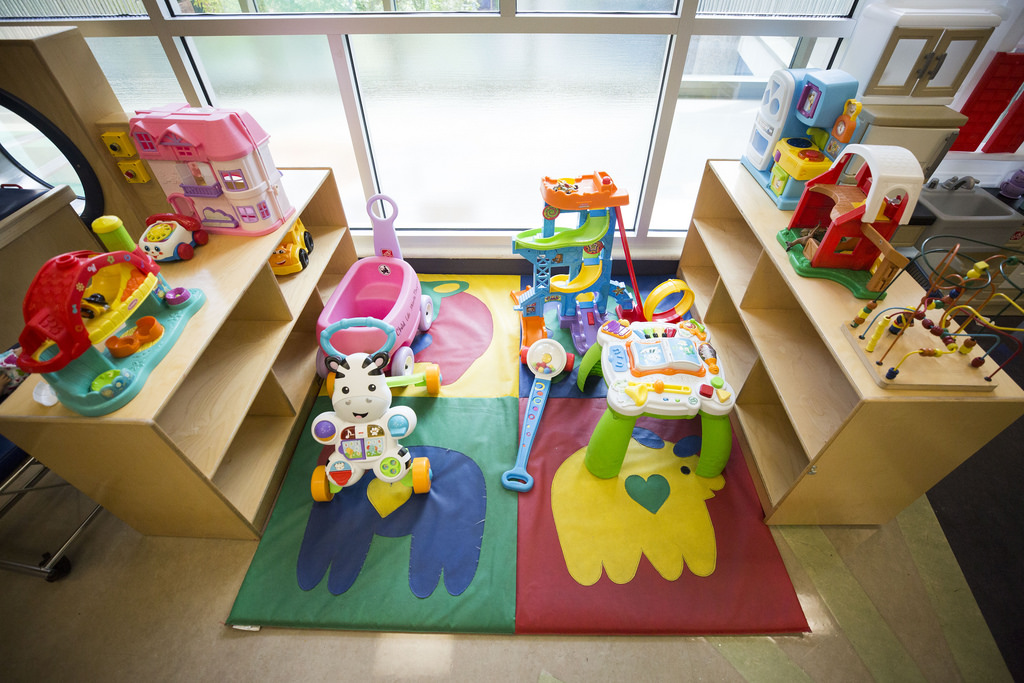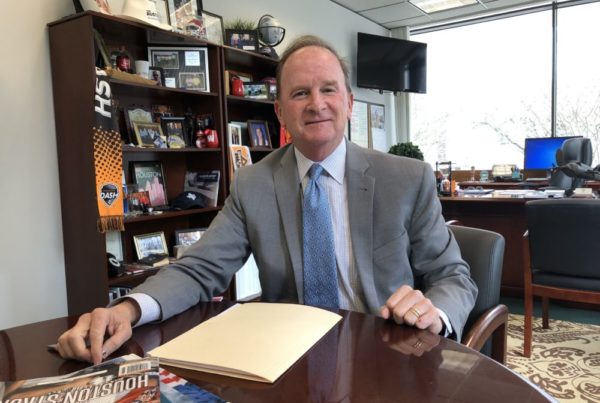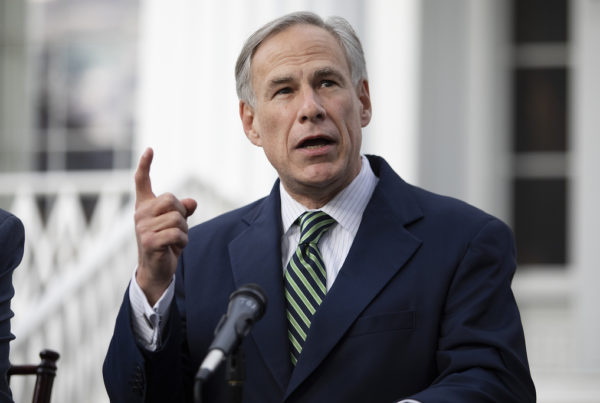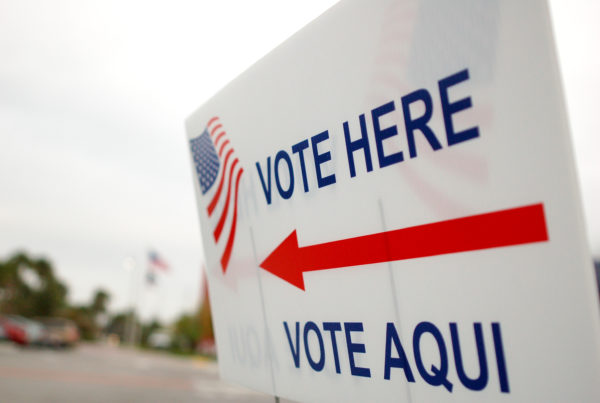Though the state’s economy is experiencing relatively healthy growth overall, a new report by the United Ways of Texas shines a light on the surprising number of Texans who are struggling financially. The new report, “ALICE, A Study of Hardship in Texas,” says 42 percent of all households in Texas cannot afford basic needs such as housing, food, transportation and health care.
Adrianna Cuellar Rojas is president and CEO of United Ways of Texas. She says that the federal poverty guidelines upon which governments, charities and other groups rely to understand how people fare in the economy were written in the 1960s and last updated in the ’70s. At the time, a family’s largest expense was typically food. Cuellar says that has changed over the years. She says the ALICE report accounts for those changes. ALICE stands for Asset Limited, Income Constrained, Employed.
“Our ALICE report … is a way of shining a light on lots of folks that are officially above the federal poverty line, but they’re working and they’re still struggling,” Cuellar says.
Cuellar says about 14 percent of Texas households have incomes below the federal poverty line. An additional 28 percent are so-called ALICE households. Cuellar says that means a total of 42 percent of Texas families are struggling. Regardless of geographical location, the leading expense for ALICE families is the same: child care.
“We actually can see that child care represents Texas families’ greatest expense, regardless of where you live in the state,” Cuellar says.
Though Texans from all demographic groups struggle financially, Cuellar says some are more likely to fall into the ALICE category, including women, those with low levels of education, people with disabilities and veterans.
Cuellar says the takeaway from the United Ways report is that poverty isn’t just something that happens to people who don’t do what’s needed to sustain themselves.
“I think there’s a basic belief that in Texas, if you work hard, you can support your family,” Cuellar says. “And I think that our data presents that there are more than 4 million households in Texas where this is not the case.”
Written by Shelly Brisbin.

















